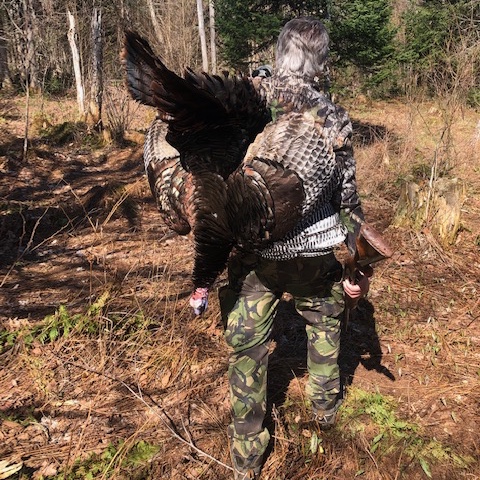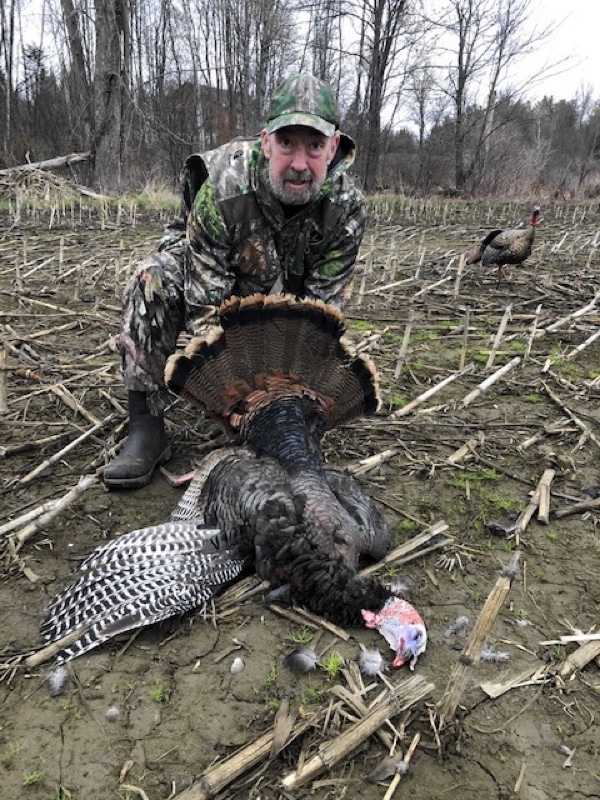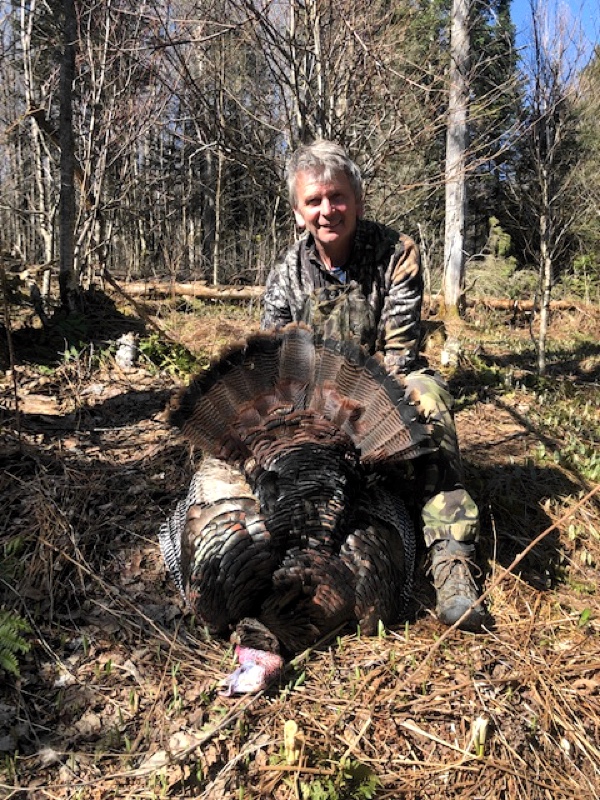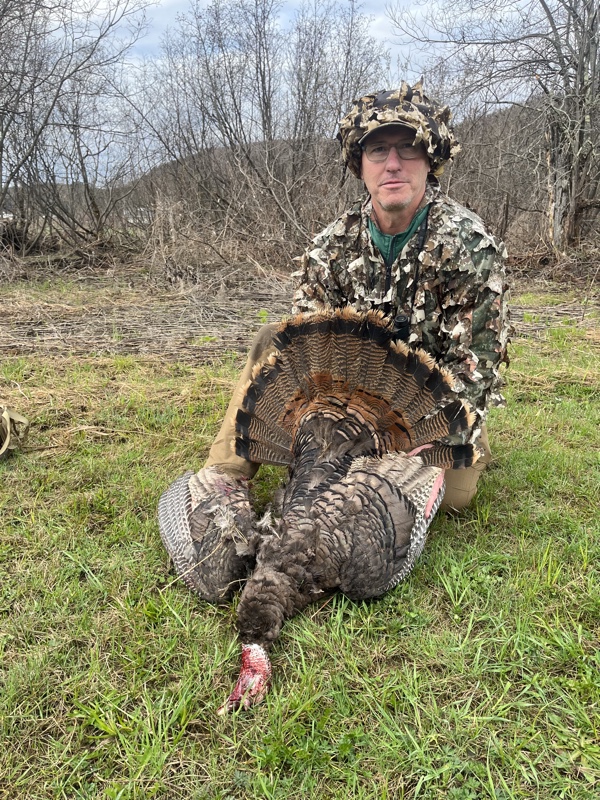
Spring Ritual
Hunting turkeys in the spring has been a part of my ritual for about twenty-five years. First in the hardwood forests of southern Vermont, and then eventually in northern New Hampshire and Vermont, once the state fish and game agencies decided that there was enough population to open a hunting season. I've been to Texas hunting the Rio Grande subspecies a couple of times, but turkey hunting in New England really can't be beat. Bearing witness to the awakening of spring in the turkey woods, especially if it's been a long winter, is worth getting up early for.
With so many years of hunting turkeys, naturally there have been highs and lows, and some hard lessons have been learned along the way. I've probably made every mistake hunters normally make on their way to understanding what is required to take a wily turkey. Learning opportunities still happen, but hopefully they're fewer in number than back when I started. Patience may be the greatest virtue in turkey hunting ... or is it staying perfectly motionless for as long as possible? One ill-timed move often spells disaster when a vigilant longbeard is coming in to find the object of his desire. That's how it can go in turkey hunting ...
Our bag was mixed over the past week in the pursuit of Tom Turkey. Days of good gobbling activity (confirmation that you're in the right place), and other days where the vocalizations were few and far between. There were moments when the turkeys were all around us, and a few days where we never saw them at all. That's how it goes at times in the turkey woods. Failure may be more common than success, but when everything comes together it can be magical, and proof that you have the ability to be a successful turkey hunter.
We had some successes last week, but each scenario was a little different and proved that turkey hunting is anything but predictable.

Being in the right place at the right time helped Nick take this jake in Vermont. Observe the jake decoy in the background.

A quiet morning turned exciting as Chris and I "walked and talked" in an area that turkeys frequent in Vermont.

Adjusting his position and then staying absolutely still allowed Mike to harvest this jake in New Hampshire.
By the way, that jake came in to our position in a gang of three jakes, and was audacious enough to be pecking away at the head of the jake decoy prior to his demise. After the shot, we saw a large gobbler displaying out of range, but looking longingly at our decoys. Unfortunately, he didn't come in to our position as the two remaining jakes served as a deterrent for that lone longbeard.
We were greeted with a good amount of gobbling early on, but it was apparent that the tom had his hens with him almost immediately. Now the big challenge would be to call the birds to our position, in spite of the presence of the hens. Instead of coming in from the direction that we thought they would be coming from, the birds came in from directly behind us, and while I stubbornly continued to face our decoy set, Mike had adeptly swiveled to face behind us.
He watched patiently as a jake, making hen-like sounds, came strolling in within ten yards of us, but that bird was on to me. Mike squeezed off a shot before the gig was up entirely. Meanwhile, the other birds remained outside of our range, with the hens eventually leading the big gobbler away from us and danger.
We walked along like this, slowly, for a couple of hours to no effect, but that suddenly all changed when we heard hen sounds coming from a nearby patch of heavy spruce cover after one of my calls. We happened to be in a good opening when we heard the hen sounds (there could be male turkeys with that hen ...), so we immediately found good trees to sit near. Without time to set up decoys, the birds would have to come in trusting their ears and not their eyes. I made a few soft calls on my friction call, and that is all it took. A couple minutes later a mature gobbler came in looking for what he thought was a hen. A few other turkeys also came in, but Chris was ready and waiting for that tom, taking him at 30 yards.
Oh, and it's pretty hard to shoot a turkey if you're not in the woods - get out there, the season is short!
